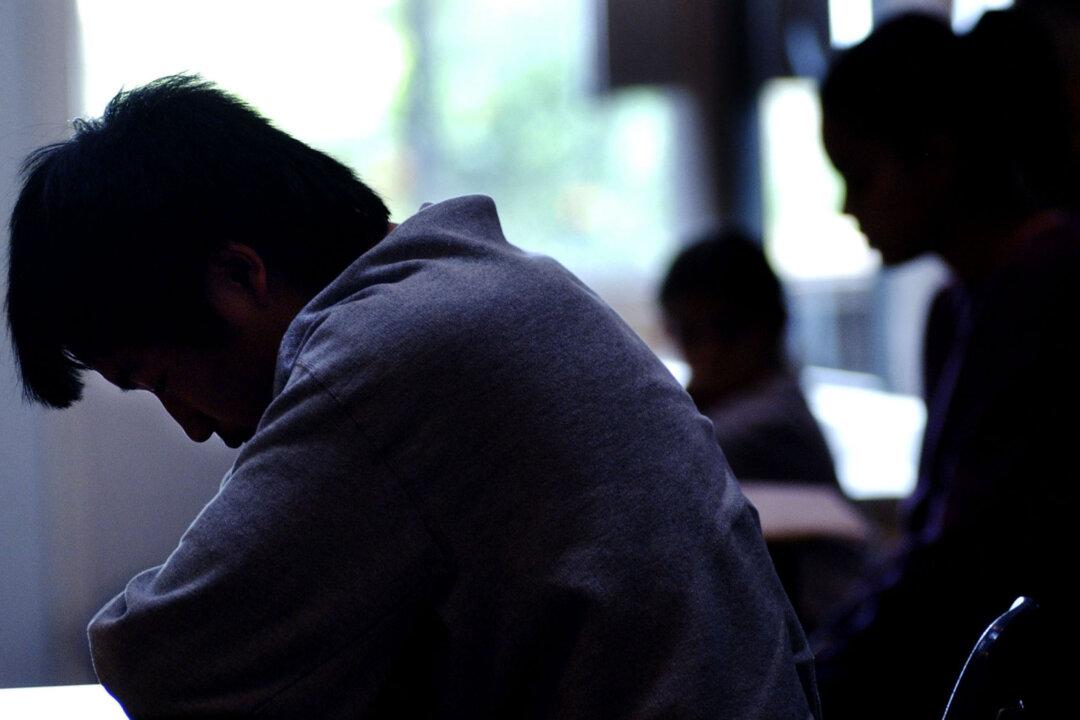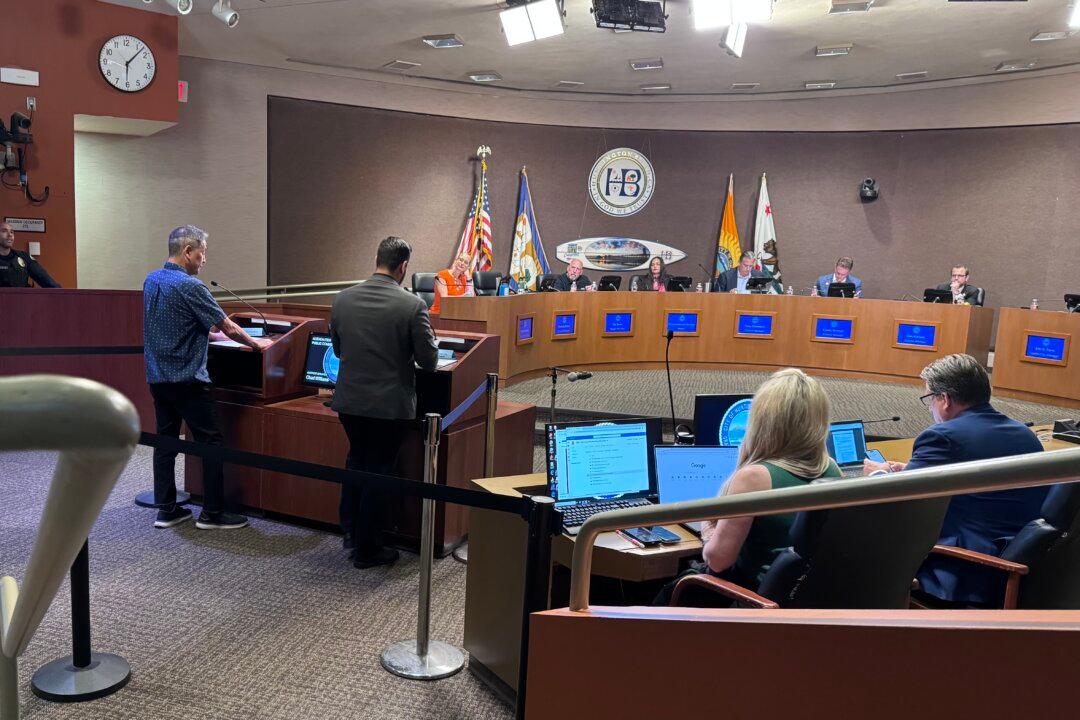The state is failing when it comes to educating the youth in its juvenile justice system, according to a new study from the Youth Law Center, a San Francisco-based nonprofit.
The report, titled “Out of Sight, Out of Mind,” examined data from the 2018–19 to 2021–22 school year using information from the California Department of Education and from 10 county education offices that oversee court schools—which educate youth while they’re awaiting sentencing, committed to a juvenile facility, or on probation in a home placement.





